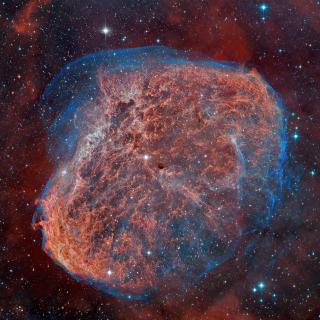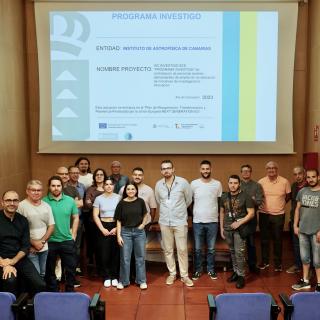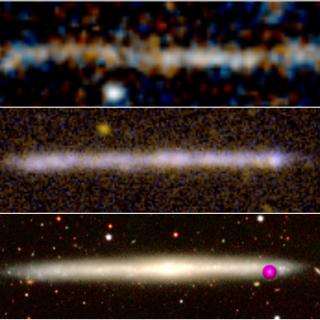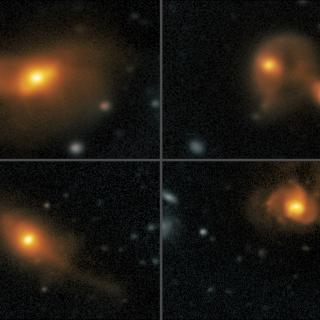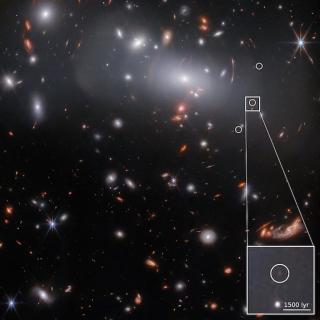
An international research, with the participation of the Instituto de Astrofísica de Canarias (IAC), has discovered an Earth-size exoplanet that may be carpeted with volcanoes. Called LP 791-18 d, the planet could undergo volcanic outbursts as often as Jupiter’s moon Io, the most volcanically active body in our solar system. The study is published in the scientific journal Nature. LP 791-18 d orbits a small red dwarf star about 90 light-years away in the southern constellation Crater. The team estimates it’s only slightly larger and more massive than Earth. Astronomers already knew about two
Advertised on
